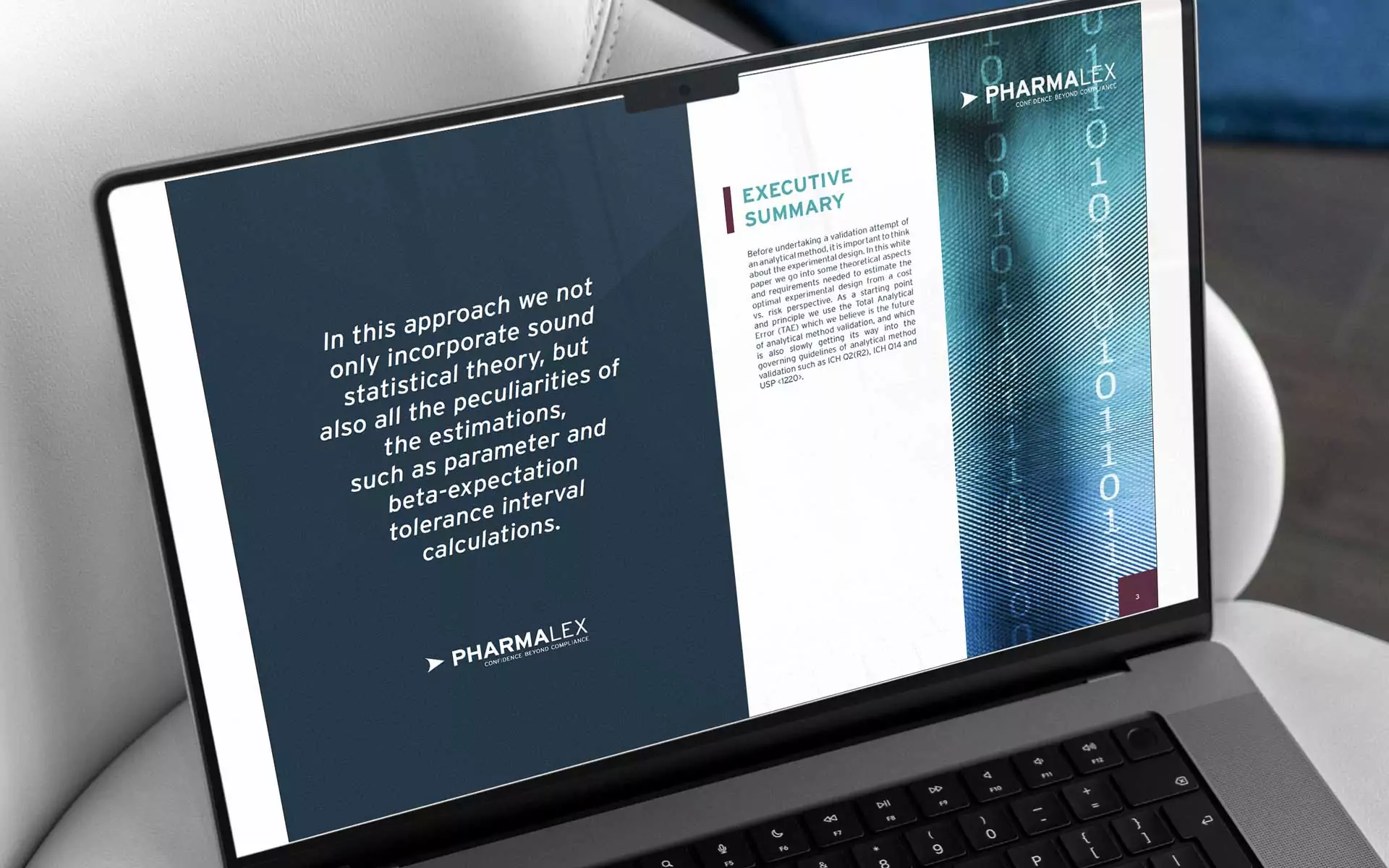Osteoarthritis affects 500 million people worldwide. One in four adults over 40 are affected by OA and with a globally aging population and rising obesity rates, OA is projected to impact one in three adults by 2032.
With so many people affected, OA presents a huge economic burden, with estimates of $66 billion in direct healthcare costs per year in the US alone and $71 billion in annual loss of earnings each year.
For many years, OA was thought of as wear and tear of the cartilage, but research has found that it is a far more complex disease. It involves the synovial membrane, modification of the subchondral bone with the appearance of sclerosis and bone marrow lesions, and peri-articular muscle weakness. In other words, OA is far more than a joint disease.
For patients suffering from OA, it is first and foremost about the pain that is triggered by motion, which then induces fear of motion (kinesiophobia). This leads to a sedentary lifestyle, which can result in anxiety and depression, which in turn amplifies the pain response. Recently, it was found that metabolic syndromes, typically associated with obesity, may directly increase the incidence and progression of OA. Studies have also found an association between OA and cardiovascular disease.
What these findings demonstrate is that OA patients need to be treated holistically, taking comorbidities into account. Researchers have found six different OA patient phenotypes: ageing-driven, cartilage driven, metabolic syndrome-driven, subchondral bone-driven, synovitis-driven, and mechanical injury driven. These different phenotypes can be characterized using several biomarkers, which are proteins that are highly specific to joint tissues, inflammation, or innate immunity. As an example, Coll2-1 and Coll2-1NO2, both developed by Artialis, are qualified as biomarkers of OA.
The treatment landscape
There are currently no approved drugs to prevent OA or slow down the progression of the disease. In fact, current treatments largely target the symptoms and while surgery can replace the joint, it doesn’t restore the natural joint.
Several international organizations have published guidelines for non-surgical management of OA. Osteoarthritis Research Society International (OARSI) offered guidelines for knee and polyarticular OA, taking into account the presence of comorbidities . The first step is an initial assessment to identify the location of the OA, diagnose comorbidities, assess the clinical status, and determine emotional and environmental status. Once diagnosed, clinicians are advised to select one or more core treatments comprising arthritis education, exercise programs, and dietary weight management.
The patient can also be supported with tailored pharmacological treatments based on their preferences and, where relevant, the presence of comorbidities. These treatments include topical nonsteroidal anti-inflammatory drugs (NSAIDs) and oral NSAIDs, intra-articular injections of corticosteroids and or intra-articular hyaluronic acid, use of duloxetine for patients with depression, and non-pharmacological treatment modalities such as aquatic exercises, gait aids, or cognitive behavioral therapy.
While the options for OA patients are currently fairly limited, there is a lot of promise being shown with advanced therapeutic medicinal products (ATMPs), including with tissue engineered products (TEP), somatic cell therapy medicinal product (sCTMP), gene therapy (GTMP) and with medical devices combined with an ATMP.
These products can be classified in two groups, according to the route of administration. The first one is the systemic biologics, which include oral, sub-cutaneous and intravenous administrations of, for example, monoclonal antibodies, growth factors (for example, FGF18) or enzymes such as trypsin and bromelain.
The second group of biologics are the orthobiologics, which is specific to joint disease because the route of administration is intra-articular. These include growth factors, corticosteroids, extracellular vesicles, viscosupplementation (a hyaluronan preparation that is injected into the joint), peptides, scaffold-based therapy and ATMPs.
The European Medicines Agency’s Committee for Advanced Therapy (CAT) has assessed several products classified as ATMPs since 2021, including autologous chondrocytes combined with autologous cartilage; expanded autologous mesenchymal stem cells isolated from adipose tissues, which is recommended for a cartilage defect of degenerative origin and for the treatment of OA; plasmid expressing a variant of human interleukin 10, which is indicated for the management of pain and improving physical functions in patients with moderate to severe OA; and allogenic gingival fibroblasts, which is indicated for gonarthrosis treatment or damage to the knee joint.
Artialis SA is working with a European biotech spin off that is developing a cATMP (human mesenchymal stem cells plus a medical device) intended for the regeneration of cartilage. One approach is a study using an osteochondral defect model in nude rats. Since the test involves human materials and in only one gender, Artialis SA has proposed testing different doses for a maximum of 12 weeks and to follow the animals with a micro-CT scanner to evaluate safety and efficacy endpoints.
The second nonclinical study proposed is a combined tox biodistribution study in the same animal disease models, but this time using both genders, a maximal dose and a longer follow up of six months. This combined approach allows the refinement of the animal models, decreased costs for the study and best potential outcomes.
All data collected during this preclinical phase could then be moved into a combined phase one/two study to allow the recruitment of fewer patients, and therefore for the study to be carried out at a lower cost. It could be supported by a network of qualified orthopedic surgeons and rheumatologists open to innovative products at sites with the technology needed to manage complex products. Once completed, a phase 3 study could be performed internationally using experts in the field and supported with innovative biomarkers, imaging, mobility tests and histology.
With such high medical need and so few options for patients with OA, there is great need for innovation. ATMPs and innovative approaches to managing clinical studies offer huge promise for real treatments and even potential cures for this debilitating condition.
About the author:
Professor Yves Henrotin is founder and executive president of Artialis Group.
He is also Professor of Pathology, Physical Therapy and Rehabilitation and director of the muscloSKletal Innovative research lab (mSKIL) at the University of Liège, Belgium. In addition he is head of the Physical Therapy and Rehabilitation department at the Princess Paola Hospital, Marche-en-Famenne, Belgium. PharmaLex is collaborating with Artialis SA, providing the regulatory perspective to guide the development of new OA products from discovery to market authorization and beyond.







